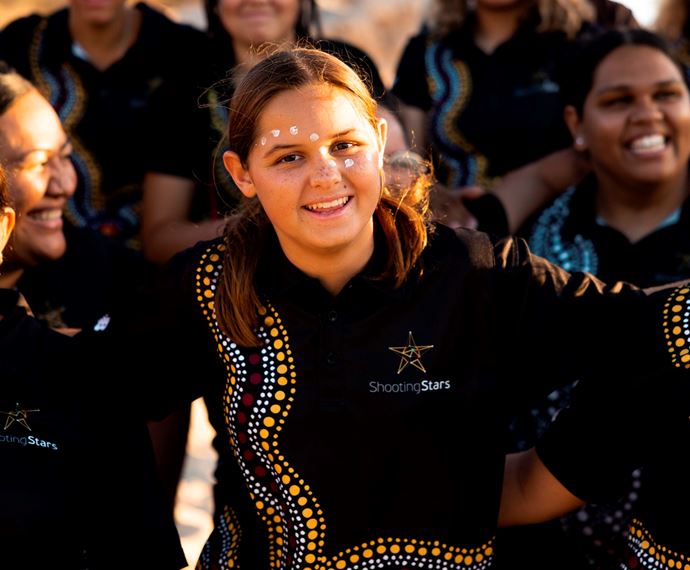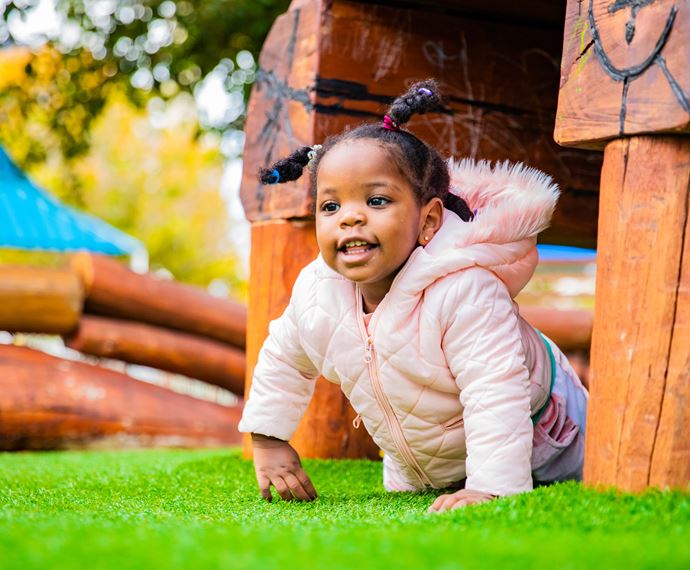BioBlitz project on track to protecting Walpole wilderness
Situated about 400km south-west of Perth, Walpole is known for its vast, natural landscapes and is home to an ecologically significant wilderness area.
To capture a snapshot of biodiversity in the wilds of Walpole, and help protect local ecosystems, the Walpole-Nornalup National Park Association hosted its inaugural BioBlitz event in 2021 with the support of 165 volunteers.
Following the event, data collected by volunteers - known as citizen scientists - was added to the iNaturalist website for use by Australian and international naturalists. The data serves as a point of reference when assessing the long-term effects of climate change and offers background for future fire management in the region.
In support of the inaugural Walpole Wilderness BioBlitz two-day event, organisers rallied more than 150 volunteers to survey the Walpole wilderness and capture a snapshot of its biodiversity that will ultimately help protect local ecosystems.
Walpole-Nornalup National Park Association Incorporated
1/1/2021
$50,103
Lotterywest
$13,800
Western Australia's South West
General community
- The two-day event captured valuable information on threatened, rare, common and new species (e.g. birds, aquatics and insects) in the Walpole Wilderness Area to provide a greater understanding of the region and contribute to the future protection, conservation and management of the environment.
- A total of 165 volunteers dedicated 1,461 hours to the event, which resulted in 1,912 observations and led to the identification of 573 species (to genus level).
- Data collected by volunteer groups across dozens of walks was added to the iNaturalist website for use by Australian and international naturalists.
- After a successful initial event, there were plans to hold BioBlitz on an annual basis and these became a reality in October 2022 and late September 2023. Another BioBlitz is currently in the planning stages for 2024.
- Video recorded during BioBlitz 2021 was combined with additional post-event footage to produce a short promotional video. The visual/media materials produced will provide an ongoing tool for education and promotion of the event and similar events in the Walpole Wilderness.
- The event captured a lot of new scientific data that has provided a greater understanding of the local environment. In 2022, some of the data was used to contribute to the assessment of the peatlands for a successful ‘Threatened Ecological Community’ nomination lodged with the Federal Government’s Department of Agriculture, Water and the Environment.
- The event has catalysed a strong community interest to learn more about the local wilderness, engage with the environment and take positive actions to protect and conserve it.
- The need for skilled volunteer coordination to be in place is key to citizen science projects to ensure robust collection and monitoring of data.
- Working with local conservation groups and organisations can help to amplify marketing efforts and increase reach to potential volunteers.
- Technology limitations in regional areas can create a barrier to sharing consistent communications. It’s important to have effective and pre-tested systems in place before proceeding with field-based programs.
Opportunity
Located approximately 400km south-west of Perth, the Walpole Wilderness Area is a group of conservation reserves that cover 377,714 hectares. While known for its natural, cultural and scenic qualities, the area was regarded as poorly surveyed and studied, by the Walpole Nornalup National Park Association (WNNPA).
To remedy this, the WNNPA created the Walpole Wilderness Bioblitz event and in late 2021 coordinated more than 150 volunteers to survey and record valuable information about local threatened, rare, common and new species including birds, aquatics and insects.
A significant decrease in rainfall over the past few decades has led to the decline or disappearance of some local habitats and the introduction of invasive plant and animal species and diseases. Further threats to the area include inappropriate fire regimes in place and hydrological change.
The two-day event aimed to provide a greater understanding of the reserves and gather information that could support future protection, conservation and management of the unique environment.
Along with creating a more comprehensive inventory of species in the survey area, the data collected by citizen scientists, working alongside experts can be used to inform conservation practice and policy, and improve planning and management outcomes in the future.
In the weeks following the event, the sample specimens were processed and identified by experts including botanists, arachnologists, entomologists and mycologists.
The Lotterywest grant supported a series of post-event activities including clean-up of the event location, administrative duties, videography for a short promotional video and collection of biological specimens to ready them for processing at locations across Australia.
Video recorded during BioBlitz 2021 was combined with additional post-event footage to produce a short promotional video. These visual/media materials provide an ongoing tool for education and promotion of the annual BioBlitz and similar events in the Walpole Wilderness.
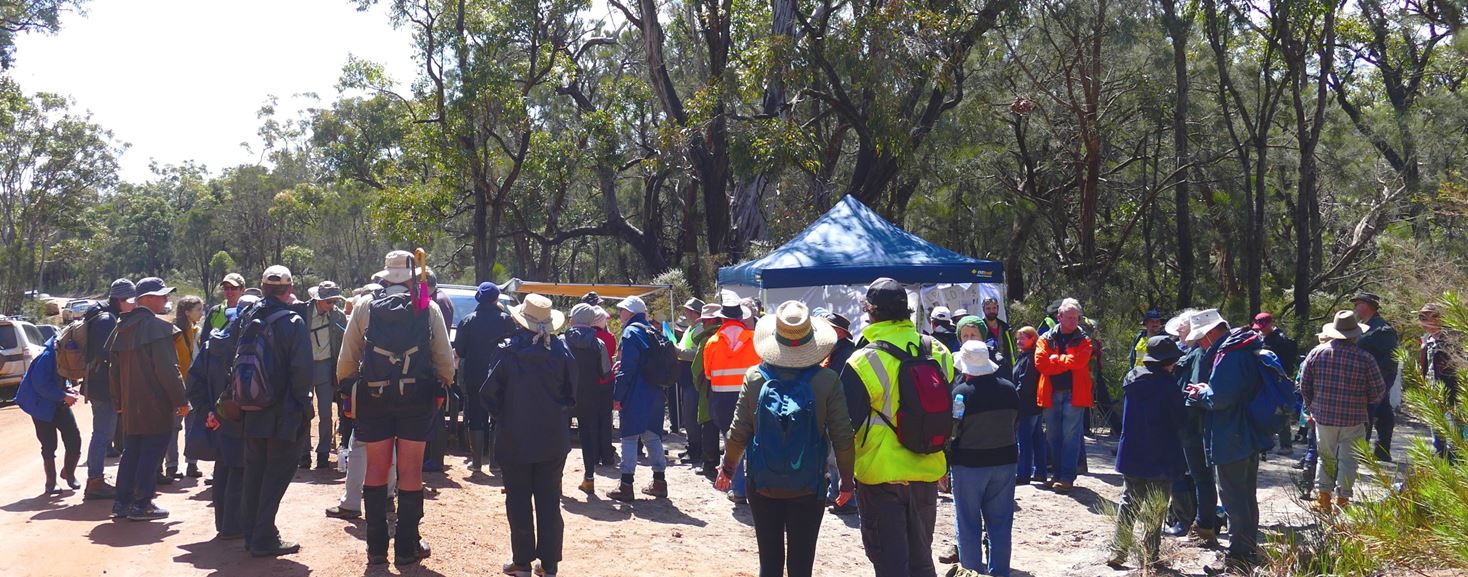
Approach
To capture a snapshot of biodiversity in the area, participants spent two days photographing and cataloguing local species in the wilderness area.
Prior to the surveys, local volunteers identified habitats where flora, fauna and fungi could be spotted and then accompanied small groups of eight to ten citizen scientists to a total of 42 different wilderness sites. Sessions ranged in length from one to three hours, and each group was given a specific species to survey such as birds, aquatics, crustaceans or insects.
Most activities included “off trail” walking through vegetation and on uneven ground of distances from 1km to more than 10km. The groups were kept small to minimise impact to the environment during the off-trail survey walks.
Rather than simply taking walks through a stunning wilderness, the participants made the most of scientific learning opportunities that the event offered to the point of sifting through leaf litter to discover new populations of species.
Volunteers used the online iNaturalist platform to take a photo of a specimen, upload it, and then a community of naturalists could offer suggestions on its identity. A widely recognised database, iNaturalist observations are collated into the Atlas of Living Australia.
1912
Observations conducted
573
Species identified to genus level
1461
Volunteer hours dedicated to the event
“There was an overwhelmingly positive response, with people being very understanding that it was the first event. They were very interested in being part of it, as they rarely got an opportunity to develop their skills in basic surveying from people in the field.”
BioBlitz Coordinator David Edmonds
Impacts and outcomes
The event recorded valuable information on threatened, rare, common and new species in the Walpole Wilderness Area that will contribute to a greater understanding of the site region and contribute to the future protection, conservation and management of the environment.
In total, 165 volunteers dedicated 1,461 hours to the two-day event, which resulted in 1,912 observations by citizen scientists. There were 573 species identified to genus level, which included 15 species new to the area, 38 threatened species and 10 undescribed (potentially new) species.
The level of dedication from supporters was impressive with about two thirds of the volunteers travelling five hours from Perth to be part of the surveys. The two-day event resulted in participants developing an even greater appreciation for nature and has helped inspire the next generation of scientists, community volunteers and naturalists.
Fulfilling personal experiences along with the formation of new networks amongst the volunteers provided highlights, with a post-event survey indicating that 96 percent of participants enjoyed the event and would recommend it to friends.
In 2022, baseline information captured by cameras that the WNNPA set up for the 2021 BioBlitz contributed to the assessment of peatlands for a successful ‘Threatened Ecological Community’ nomination lodged with the Federal Government’s Department of Agriculture, Water and the Environment.
With COVID-19 pandemic restrictions ongoing across WA at the time, the event provided participants an outlet to re-engage with the environment and connect with others who shared the same passion for the Walpole wilderness.
After a successful initial event, there were plans to hold BioBlitz on an annual basis and these became a reality in October 2022 and late September 2023. Another BioBlitz is currently in the planning stages for 2024.
The WNNPA’s work on conservation-based initiatives including the peatland mapping project has secured a commitment from major learning institutions such as Edith Cowan University and the University of Western Australia to be part of ongoing BioBlitz events.
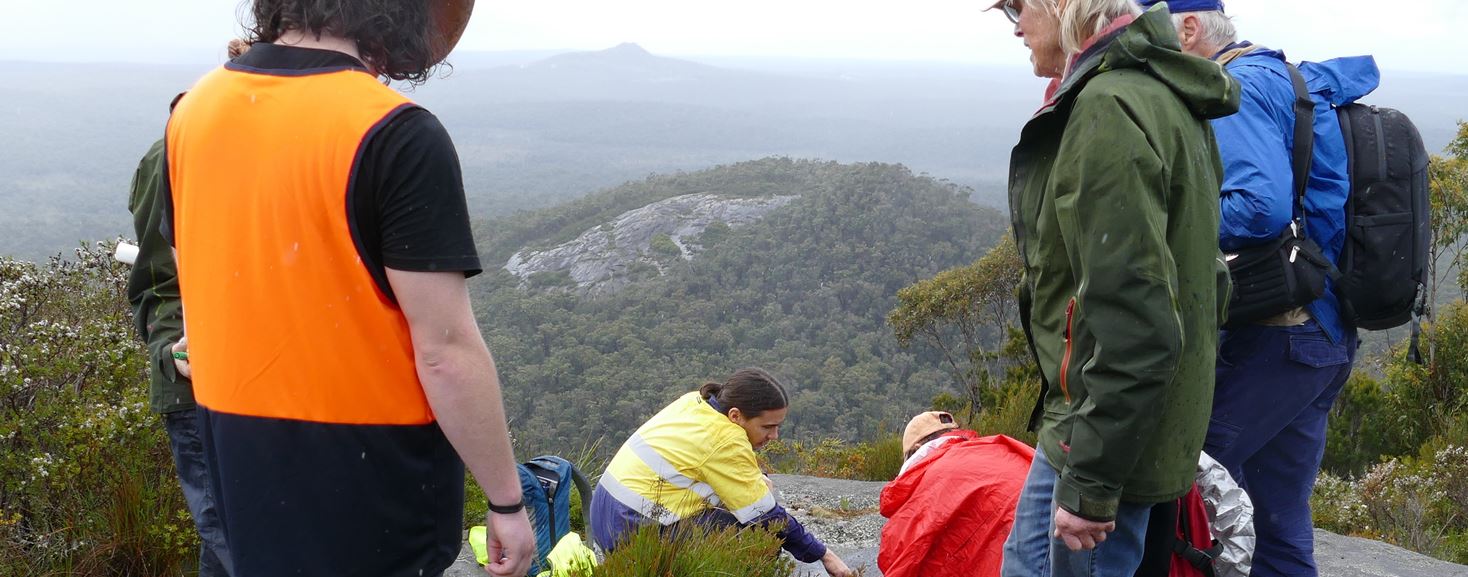
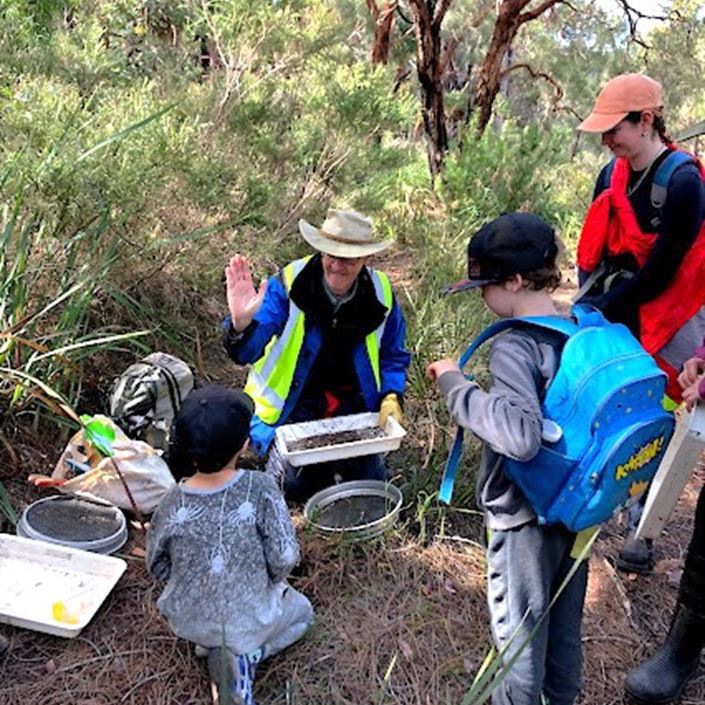
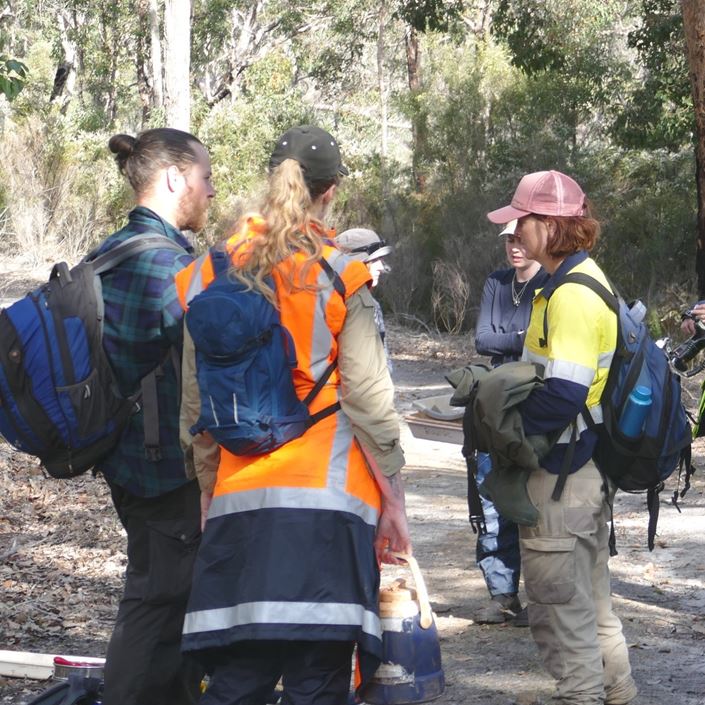
What worked
Video recorded during BioBlitz 2021 was combined with additional post-event footage to produce a short promotional video. The visual/media materials produced will provide an ongoing tool for education and promotion of the event and similar events in the Walpole Wilderness.
The event captured a lot of new scientific data that has provided a greater understanding of the local environment. In 2022, some of the data was used to contribute to the assessment of the peatlands for a successful ‘Threatened Ecological Community’ nomination lodged with the Federal Government’s Department of Agriculture, Water and the Environment.
The event has catalysed a strong community interest to learn more about the local wilderness, engage with the environment and take positive actions to protect and conserve it.
“A highlight of the event was having kids involved, with a seven-year-old finding a velvet worm, which is like a cross between an insect and a worm. Velvet worms had not been recorded in the area before, so there were some very envious experts around when that happened.”
BioBlitz Coordinator David Edmonds
Key challenges
Being the inaugural event, it proved a challenge to allocate a sufficient number of team leaders to accompany small groups for the WNNPA, which would ensure that scientific data was collated and recorded consistently and accurately. However, the success of the first BioBlitz ultimately did a lot of the work to meet this need in following years.
As a way of boosting team leader numbers, the WNNPA invited experts from learning resources such as museums and universities and built a network of people with related skills and knowledge including highly motivated amateur ecologists, private consultants and retired professionals.
In addition, the WNNPA approached volunteer groups such as Birdlife WA and the WA Native Orchid Society Conservation Group to take part as team leaders and many of those who participated in the initial BioBlitz have gone on to become the event’s strongest advocates. Returning each year, these generous supporters helped spread the word in an effort to recruit more team leaders, which led to the WNNPA being approached by budding team leaders for subsequent events, which has turned initial challenges experienced in the inaugural year into a positive.
Technology prompted a few communication hitches, as event-related emails sometimes ended up in spam folders. To improve matters, it was necessary to use multiple forms of communication to connect with stakeholders. The weak link was an email marketing platform used to create e-newsletters that ultimately failed to deliver updates sent to larger groups.
To supplement this information sharing, organisers also distributed updates via a self-service ticketing platform used for participant registrations, which proved more reliable. The WNNPA has since opted to use both platforms to reduce the number of supporters not receiving email updates.
The group trialled publishing the BioBlitz event details on its website, however this encouraged people to join the annual event without registering and resulted in proposed attendee numbers being exceeded. An attempt to use a SMS messaging service was also trialled and left on the shelf due to the added cost and restricted recipient numbers to just one telecommunications supplier because of limited coverage in the Walpole area.
Learn about wellbeing
Understand how your community is going to help you to better target and plan your project.
Ready to plan your project?
Understand your vision, plan your impact and report on the outcomes of your project with three easy interactive tools in the Community Impact Planner.
Acknowledgement of Country
The Western Australian Community Impact Hub acknowledges and pays respect to the Traditional Owners of the land on which we are based, the Whadjuk people of the Noongar Nation and extends that respect to all the Traditional Owners and Elders of this country. We recognise the significant importance of their cultural heritage, values and beliefs and how these contribute to the positive health and wellbeing of the whole community.
